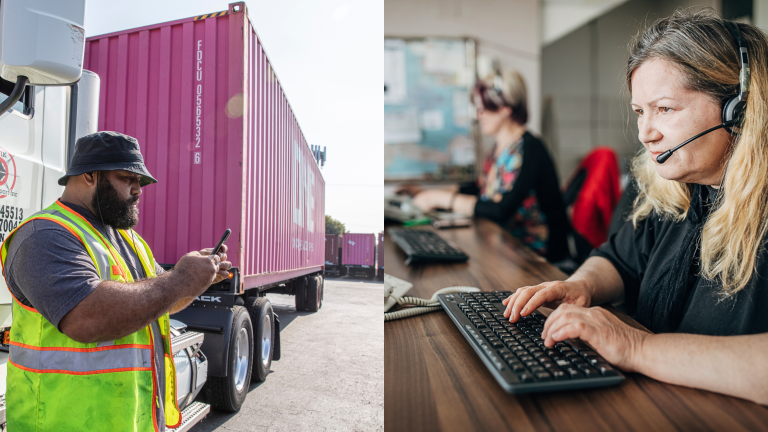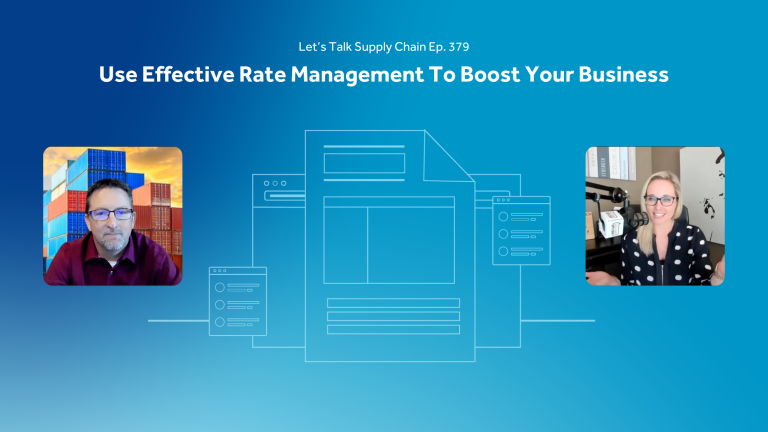Protecting Your Trucking Company from COVID-19. Tailwind can help.
COVID-19 is having a significant effect not only on our health, but also the way that we do business.
In some of the most affected areas of the world, businesses are shuttering as quarantines and travel bans are coming into place. But for the most part, business can\’t stop.
This is especially true for trucking companies. We\’ve only seen demand for basic supplies and medical needs go up, and that means that your loads still have to get where they are going. So what can you do to ensure that as few as possible people on your crew get sick when they\’re on the move?
In addition to the standard cleaning that has been part of your daily maintenance schedule, Tailwind recommends additional measures to increase the sanitization of your trucks.
Let’s start with drivers.
- Ensure that everyone washes hands for at least 20 seconds, rinsing thoroughly and using paper towels, after picking up a load.
- Hand sanitizer should only be used when no soap is available; according to many health authorities, it is not a substitute for hand washing. If using hand sanitizer, one should rub their hands together , covering all surfaces, for a minimum of 20 seconds or until they’re dry.
- When they are visiting restaurants or other public places on the road, drivers should stay a minimum of two meters or six feet away from others, and practice immediate and regular hand-washing at every opportunity.
- At all times, drivers should avoid touching their face or eyes, especially before they have washed their hands.
- Drivers should be made aware of the symptoms of COVID-19, as well as other viruses. Have them use this handy chart, below, to check if they start to feel sick in any way.
- If drivers are sick, even if the source is unknown, then they should report to the nearest health authority or hospital to get tested, even if they are on the road. If they are home and have any symptoms, they ought to stay at home.
- In the small chance that a driver is carrying the virus, the local health authority will need to know, as will your scheduling team back home, so that you can take next steps quickly.
And what can we do about our trucks?
- Inside the cab, drivers should regularly disinfect and sanitize the space using industry-approved products such as hospital-grade Clorox Wipes and Spray.
- Drivers should clean coffee holders, tray tables, seat armrests and headrests, seatbelt buckles, the power supply unit panels, overhead bin door latches and door handles, as there is a chance that all of these will have been touched by other people who may be infected.
- Drivers may consider adding a fan with a HEPA filter, which are similar to those used in hospitals, into their cabs.
COVID-19 is nowhere near over. It will be coming to a city, a hospital, a friend, even a family member near you at some point. There is no specific treatment for disease caused by COVID-19. Although many of the symptoms can be managed with home treatment such as drinking plenty of fluids, rest and using a humidifier or hot shower to ease a cough or sore throat, and most people recover from coronaviruses on their own, it is also true that supportive care in or out of hospital may be needed.
In order to avoid these possibilities, we can protect ourselves and our businesses through preventative efforts. Changes are needed to make sure that employees and clients remain safe, and these best practices will ensure that you are doing all that you can to keep your trucks moving on the road, where they should be.
We can move forward, together.
Despite this global health issue, we want to help you feel in control and safe. That’s why existing Tailwind Customers will receive Tailwind for free for any users added until the end of June 2020. That means that you’ll get the benefit of up to three months’ free use.



